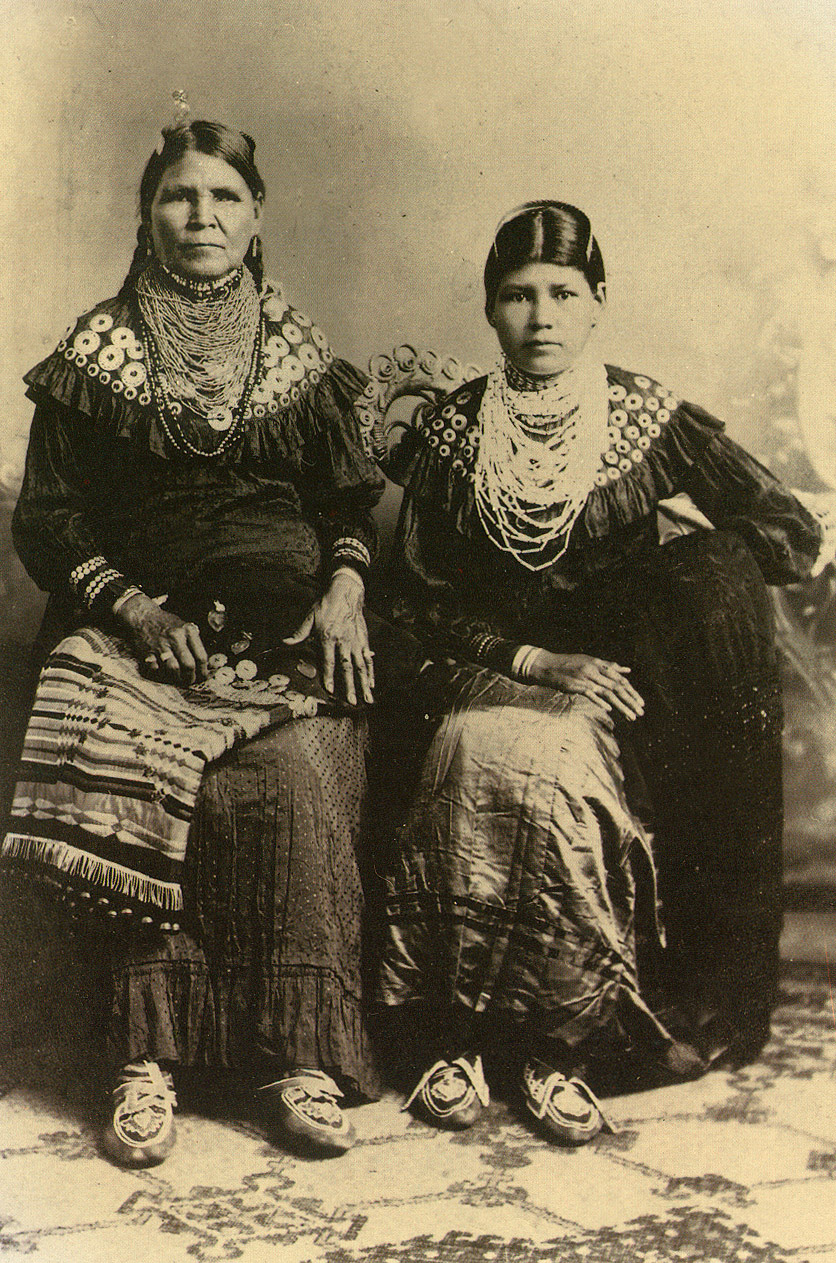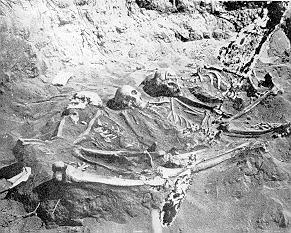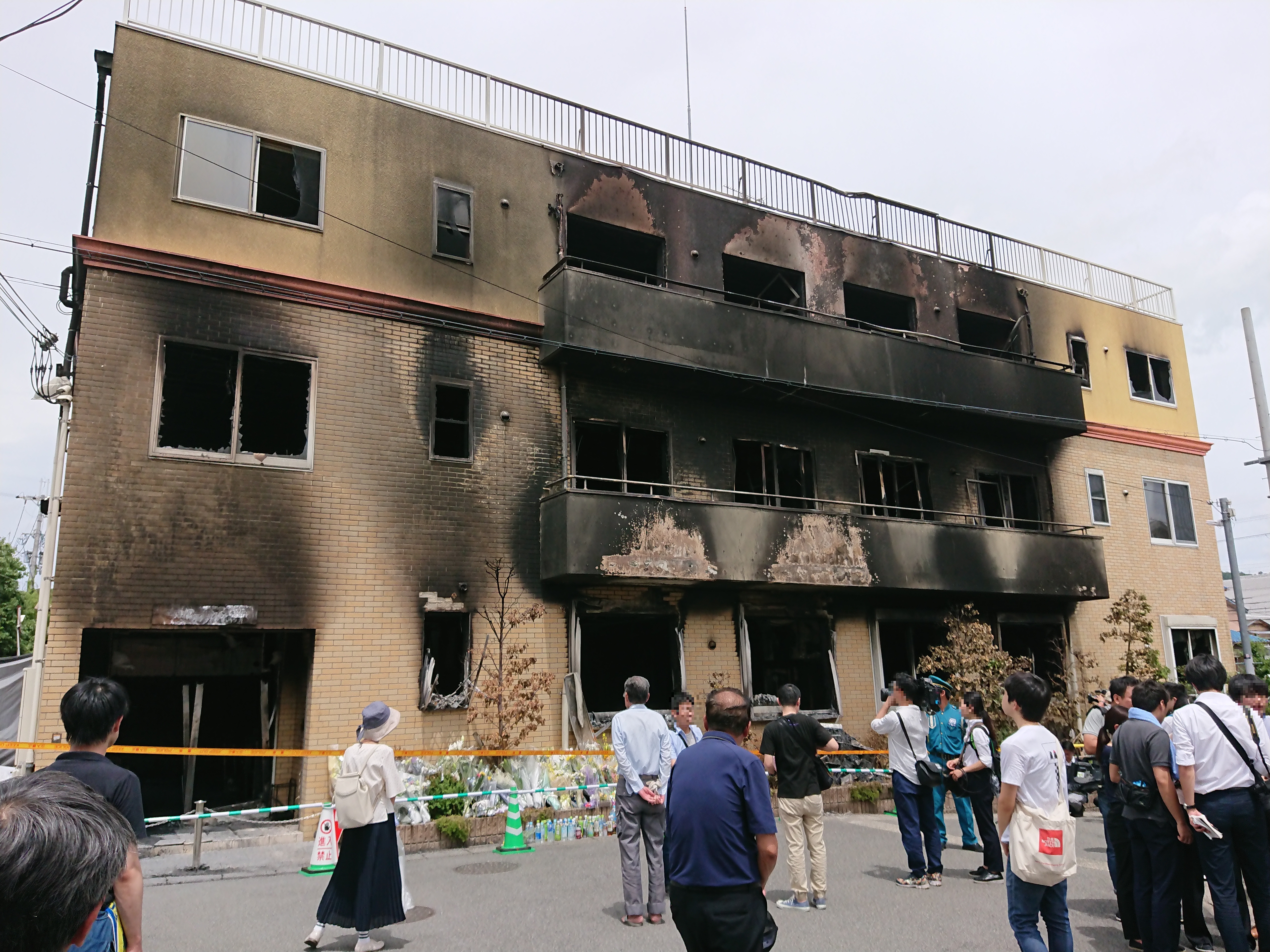|
David Pietersen De Vries
David Pieterszoon de Vries ( – 13 September 1655) was a Dutch navigator from the city of Hoorn.Joris van der MeeKoopman in de West; De indianen en de Nieuw Nederlanders in het journaal van David Pietersz. De Vries, 2001 (Dutch) Biography In 1617, de Vries went on a whaling voyage to Jan Mayen. In 1620, he sailed to Newfoundland, and sold the dried fish in Italy. In Toulon he joined Charles, Duke of Guise. In 1624 he went to Canada again, still in French service. After returning to the Netherlands, the Dutch West India Company put an embargo on his ship. De Vries sold his ship and left for Bayonne. In 1627, he sailed from Hoorn to Batavia. On board was Jan Pietersz Coen, only recognized during the trip. From the Dutch Indies he sailed to Masulipatnam. In 1629, twenty-eight colonists sailed to North America and planted the Swanendael Colony in Lewes, Delaware, organized for the Dutch West India Company by five merchants from New Amsterdam, who hoped to become patroons ... [...More Info...] [...Related Items...] OR: [Wikipedia] [Google] [Baidu] |
Cornelis Visscher
Cornelis Visscher (1629 in Haarlem – 1658 in Haarlem), was a Dutch Golden Age engraver and the brother of Jan de Visscher and Lambert Visscher. Biography According to Houbraken he was an able etcher who made famous prints (in his lifetime), and who had an unusual talent for drawing after a live model with charcoal that was unparalleled.J. Paul Getty Museum Houbraken mentioned that his works could be seen in the collection of the rich director and art collector in Amsterdam who had a large art cabinet, Jeronimus Tonneman. Prints by Visscher's hand were made after various famous painters from Haarlem such as [...More Info...] [...Related Items...] OR: [Wikipedia] [Google] [Baidu] |
Patroon
In the United States, a patroon (; from Dutch '' patroon'' ) was a landholder with manorial rights to large tracts of land in the 17th-century Dutch colony of New Netherland on the east coast of North America. Through the Charter of Freedoms and Exemptions of 1629, the Dutch West India Company first started to grant this title and land to some of its invested members. These inducements to foster colonization and settlement (also known as the "Rights and Exemptions") are the basis for the patroon system. By the end of the 18th century, virtually all of the American states had abolished primogeniture and entail; thus patroons and manors evolved into simply large estates subject to division and leases. The deeded tracts were called patroonships and could span 16 miles in length on one side of a major river, or 8 miles if spanning both sides. In 1640, the charter was revised to cut new plot sizes in half, and to allow any Dutch American in good standing to purchase an esta ... [...More Info...] [...Related Items...] OR: [Wikipedia] [Google] [Baidu] |
Lenape
The Lenape (, , ; ), also called the Lenni Lenape and Delaware people, are an Indigenous peoples of the Northeastern Woodlands, Indigenous people of the Northeastern Woodlands, who live in the United States and Canada. The Lenape's historical territory included present-day northeastern Delaware, all of New Jersey, the eastern Pennsylvania regions of the Lehigh Valley and Northeastern Pennsylvania, and New York Bay, western Long Island, and the lower Hudson Valley in New York (state), New York state. Today communities are based in Oklahoma, Wisconsin, and Ontario. During the last decades of the 18th century, European settlers and the effects of the American Revolutionary War displaced most Lenape from their homelands and pushed them north and west. In the 1860s, under the Indian removal policy, the Federal government of the United States, U.S. federal government relocated most Lenape remaining in the Eastern United States to the Indian Territory and surrounding regions. The la ... [...More Info...] [...Related Items...] OR: [Wikipedia] [Google] [Baidu] |
Fort Tompkins (Staten Island)
Fort Tompkins is a fort on Staten Island in New York City, within what is now Fort Wadsworth at the Narrows. Fort Tompkins (and its predecessor of the same name) guarded the landward approaches to other forts in the area from 1808 through circa 1898. The current fort was built 1847–1861, and was operational as a fort until superseded by new defenses circa 1898. It is now part of the Gateway National Recreation Area. It is the last remaining of four forts in New York State named Fort Tompkins. ''Note:'' This includes History Colonial and Revolution The first use of the land for military purposes was as the site of a blockhouse built by Dutch settler David Pieterszen de Vries in 1636 on Signal Hill (now the site of Fort Tompkins), which was burned in an Indian raid of the Peach War in 1655.Roberts, pp. 587–589 The site is said to have been continuously garrisoned since another blockhouse was built in 1663, which survived at least through 1808.Roberts, pp. 587–589 During th ... [...More Info...] [...Related Items...] OR: [Wikipedia] [Google] [Baidu] |
Blockhouse
A blockhouse is a small fortification, usually consisting of one or more rooms with loopholes, allowing its defenders to fire in various directions. It is usually an isolated fort in the form of a single building, serving as a defensive strong point against any enemy that does not possess siege equipment or, in modern times, artillery, air force or cruise missiles. A fortification intended to resist these weapons is more likely to qualify as a fortress or a redoubt, or in modern times, be an underground bunker. However, a blockhouse may also refer to a room within a larger fortification, usually a battery or redoubt. Etymology The term '' blockhouse'' is of uncertain origin, perhaps related to Middle Dutch '' blokhus'' and 18th-century French '' blocus'' (blockade). In ancient Greece Blockhouses existed in ancient Greece, for example the one near Mycenae. Early blockhouses in England Early blockhouses were designed solely to protect a particular area by the use of a ... [...More Info...] [...Related Items...] OR: [Wikipedia] [Google] [Baidu] |
Vriessendael
Vriessendael was a patroonship on the west bank of the Hudson River in New Netherland, the seventeenth century North American colonial province of the Dutch Empire. The homestead or plantation was located on a tract of about about an hour's walk north of CommunipawRuttenber, E.M.,''Indian Tribes of Hudson's River'', (Hope Farm Press, 3rd ed, 2001) at today's Edgewater. It has also been known as Tappan, which referred to the wider region of the New Jersey Palisades, rising above the river on both sides of the New York/New Jersey state line, and to the indigenous people who lived there and were part of wider group known as Lenape (later called Delaware Indian). It was established in 1640 by David Pietersen de Vries (c. 1593-c.1655), a Dutch sea captain, explorer, and trader who had also established settlements at the Zwaanendael Colony and on Staten Island. The name can roughly be translated as De Vries' Valley. De Vries also owned flatlands along the Hackensack River, in the ... [...More Info...] [...Related Items...] OR: [Wikipedia] [Google] [Baidu] |
Pavonia, New Netherland
Pavonia was the first European settlement on the west bank of the North River (Hudson River) that was part of the seventeenth-century province of New Netherland in what would become the present Hudson County, New Jersey. Hudson and the Hackensack The first European to record exploration of the area was Robert Juet, first mate of Henry Hudson, an English sea captain commissioned by the Dutch East India Company. Their ship, the ''Halve Maen'' (''Half Moon''), ventured in the Kill van Kull and Newark Bay and anchored at Weehawken Cove during 1609, while exploring the Upper New York Bay and the Hudson Valley. By 1617 a '' factorij'', or trading post, was established at Communipaw. Initially, these posts were set up for fur trade with the indigenous population. At that time the area was inhabited by bands of Algonquian language speaking peoples, known collectively as Lenni Lenape and later called the Delawares. Early maps show it to be the territory of the Sangicans. Later, the ... [...More Info...] [...Related Items...] OR: [Wikipedia] [Google] [Baidu] |
Staten Island
Staten Island ( ) is the southernmost of the boroughs of New York City, five boroughs of New York City, coextensive with Richmond County and situated at the southernmost point of New York (state), New York. The borough is separated from the adjacent state of New Jersey by the Arthur Kill and the Kill Van Kull and from the rest of New York by New York Bay. With a population of 495,747 in the 2020 United States census, 2020 Census, Staten Island is the least populated New York City borough but the third largest in land area at ; it is also the least densely populated and most suburban borough in the city. A home to the Lenape Native Americans, the island was settled by Dutch colonists in the 17th century. It was one of the 12 original counties of New York state. Staten Island was City of Greater New York, consolidated with New York City in 1898. It was formerly known as the Borough of Richmond until 1975, when its name was changed to Borough of Staten Island. Staten Island has so ... [...More Info...] [...Related Items...] OR: [Wikipedia] [Google] [Baidu] |
North America
North America is a continent in the Northern Hemisphere, Northern and Western Hemisphere, Western hemispheres. North America is bordered to the north by the Arctic Ocean, to the east by the Atlantic Ocean, to the southeast by South America and the Caribbean Sea, and to the south and west by the Pacific Ocean. The region includes Middle America (Americas), Middle America (comprising the Caribbean, Central America, and Mexico) and Northern America. North America covers an area of about , representing approximately 16.5% of Earth's land area and 4.8% of its total surface area. It is the third-largest continent by size after Asia and Africa, and the list of continents and continental subregions by population, fourth-largest continent by population after Asia, Africa, and Europe. , North America's population was estimated as over 592 million people in list of sovereign states and dependent territories in North America, 23 independent states, or about 7.5% of the world's popula ... [...More Info...] [...Related Items...] OR: [Wikipedia] [Google] [Baidu] |
Arson
Arson is the act of willfully and deliberately setting fire to or charring property. Although the act of arson typically involves buildings, the term can also refer to the intentional burning of other things, such as motor vehicles, watercraft, or forests. The crime is typically classified as a felony, with instances involving risk to human life or property carrying a stricter penalty. Arson that results in death can be further prosecuted as manslaughter or murder. A common motive for arson is to commit insurance fraud. In such cases, a person destroys their own property by burning it and then lies about the cause in order to collect against their insurance policy. Arson is also often committed to conceal another crime, such as murder or burglary. A person who commits arson is referred to as an arsonist, or a serial arsonist if the person has committed arson several times. Arsonists normally use an accelerant (such as gasoline or kerosene) to ignite, propel, and direct fir ... [...More Info...] [...Related Items...] OR: [Wikipedia] [Google] [Baidu] |
Joannes De Laet
Joannes or Johannes De Laet (Latinized as ''Ioannes Latius'') (1581 in Antwerp – buried 15 December 1649, in Leiden) was a Dutch geographer and director of the Dutch West India Company. Philip Burden called his ''History of the New World'', "...arguably the finest description of the Americas published in the seventeenth century" and "...one of the foundation maps of Canada". De Laet was the first to print maps with the names ''Manhattan'', ''New Amsterdam'' (now New York City) and ''Massachusetts''. Life De Laet was born in Antwerp between September and December 1581, a son of cloth merchant Hans De Laet. In 1584, upon the fall of Antwerp to Spanish troops, the family, like tens of thousands of Protestant Flemings, fled to the Northern Netherlands and settled in Amsterdam. There Johannes attended the Latin school. He matriculated as a student of Theology and Philosophy at the University of Leiden in 1597. One of his teachers there was the great humanist scholar Joseph Justu ... [...More Info...] [...Related Items...] OR: [Wikipedia] [Google] [Baidu] |
Albert Burgh
Albert Coenraadsz Burgh (1593 – 24 December 1647) was a Dutch physician who was mayor of Amsterdam and a councillor in the Admiralty of Amsterdam. Biography Burgh was born into a rich brewer's family. He studied medicine in Leiden in 1614 and became a doctor in 1618 in Amsterdam. In the same year, after Johan van Oldenbarnevelts Fall and beheading, the Calvinist Burgh was appointed councilor by Reynier Pauw to replace the pro- Remonstrant Jacob Dircksz de Graeff in the Amsterdam city council. He changed his view within a couple of years, paying a fine for the famous Dutch poet Vondel. Vondel had gotten into trouble because of his play '' Palamedes'', in which he was recalling the beheading of Oldenbarneveldt. Around 1624, Burgh became one of the managers of the Dutch West India Company and owned land on the New Jersey side opposite the river Delaware. In 1632, Albert Burgh sold his land in Rensselaerswyck, Albany, to the main investor Kiliaen van Rensselaer. At ... [...More Info...] [...Related Items...] OR: [Wikipedia] [Google] [Baidu] |







